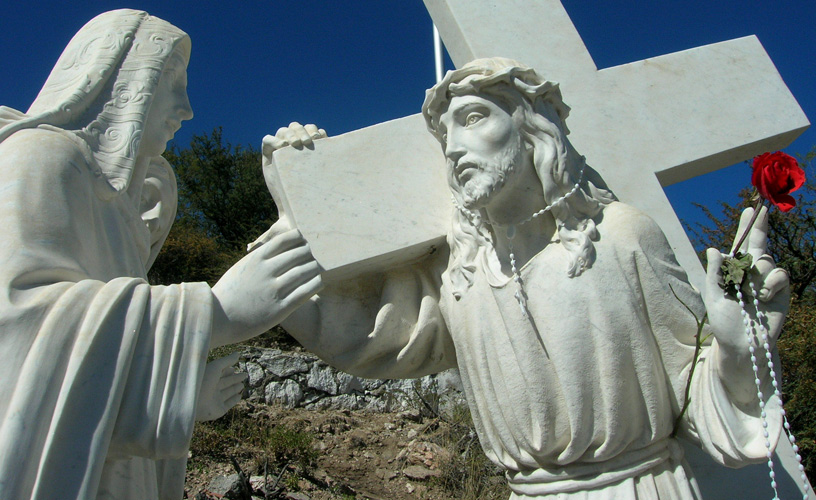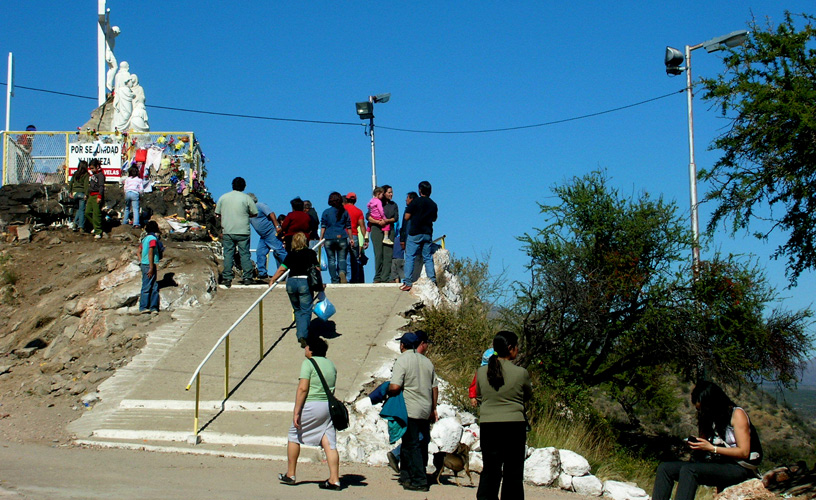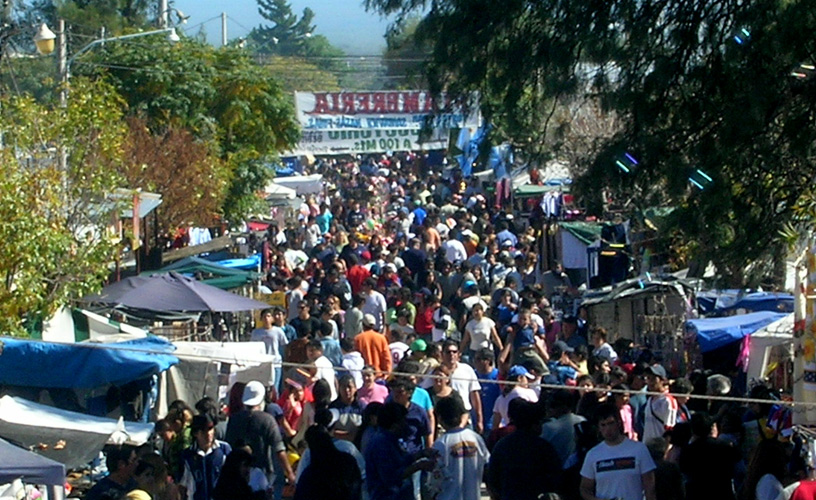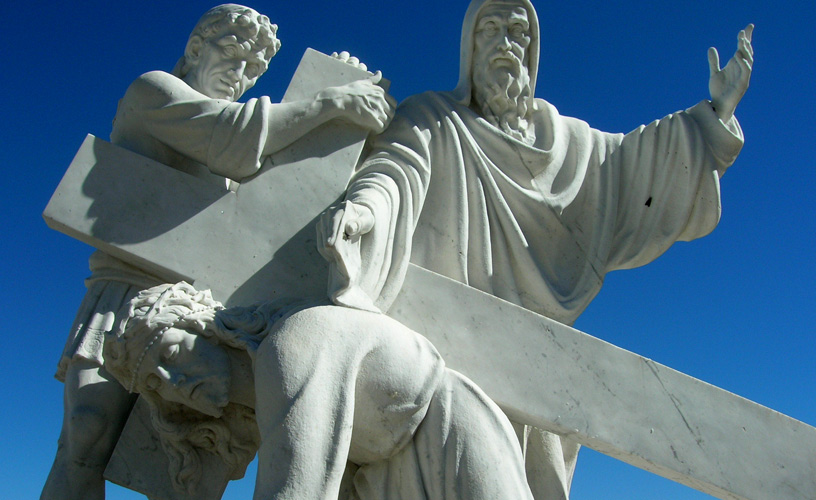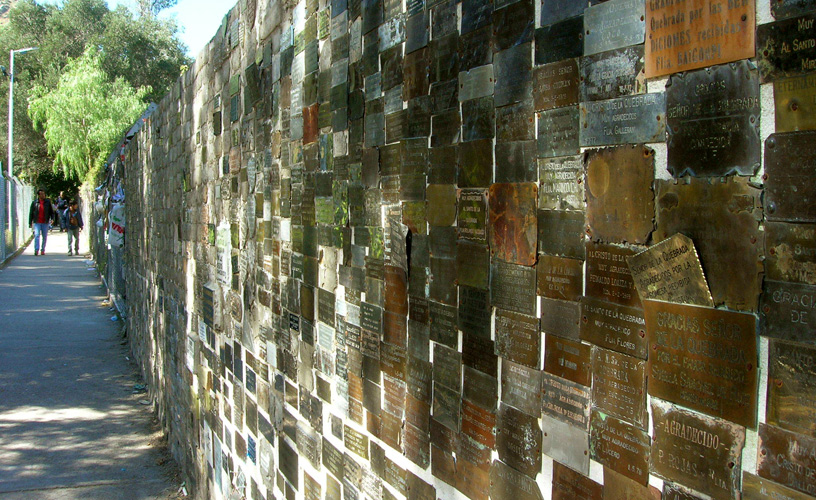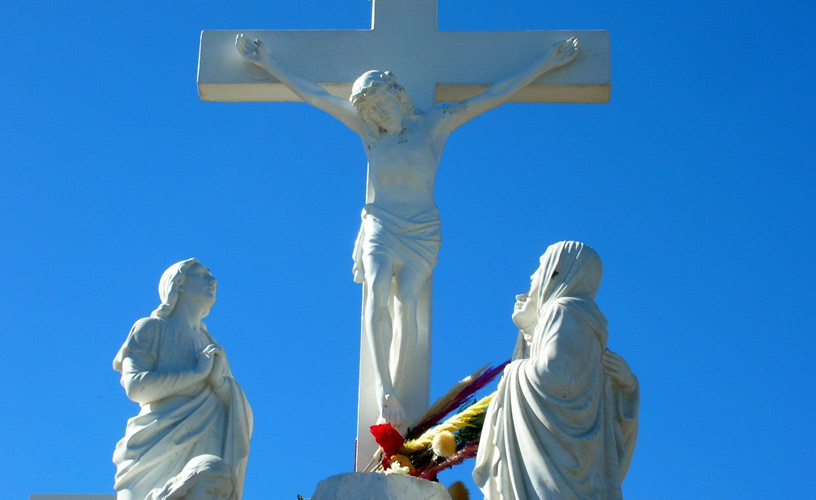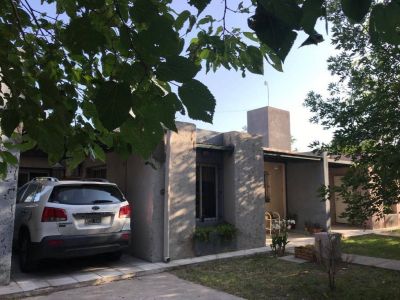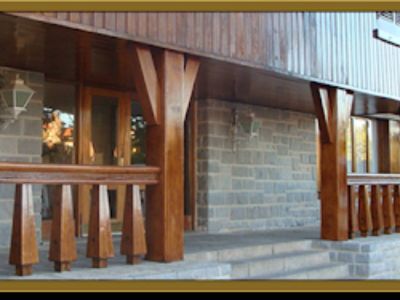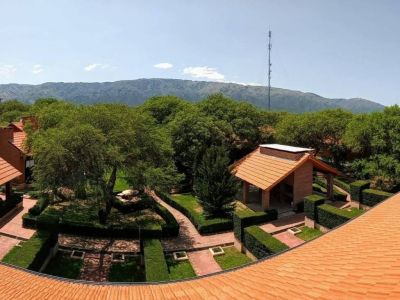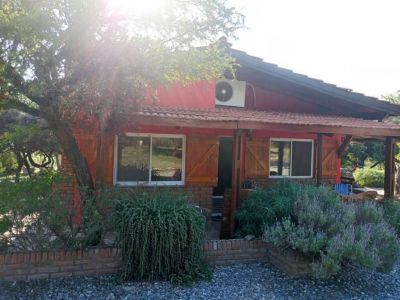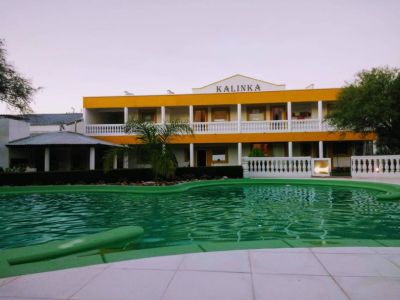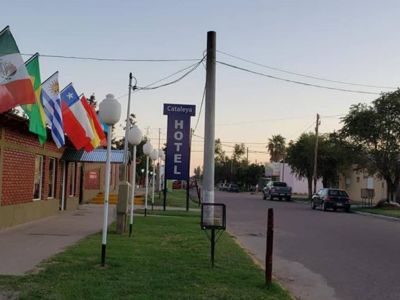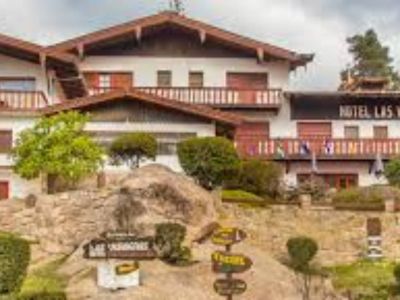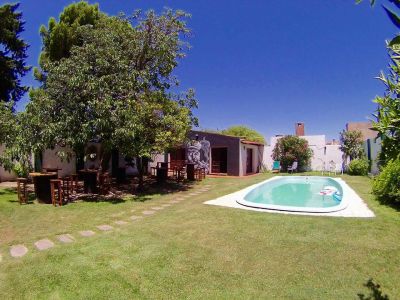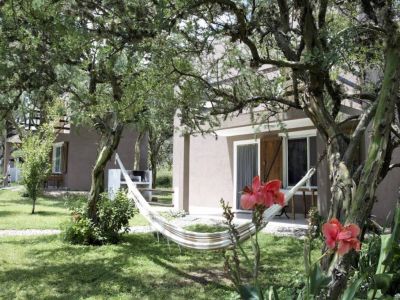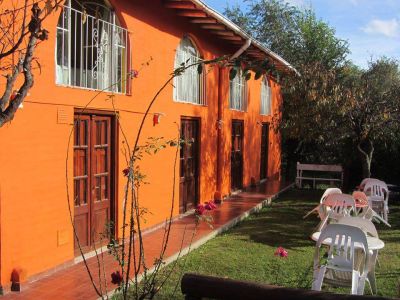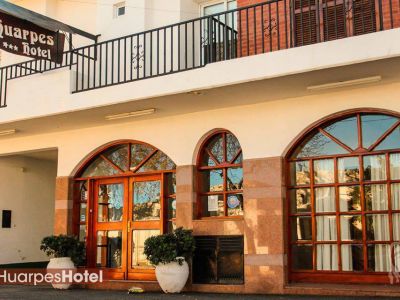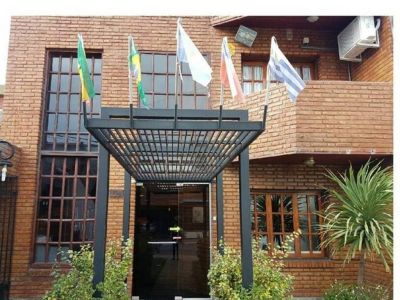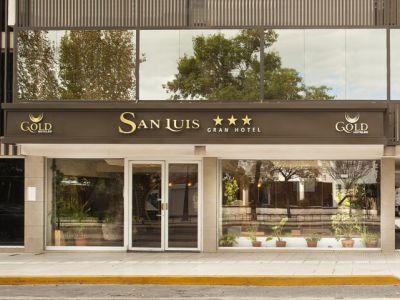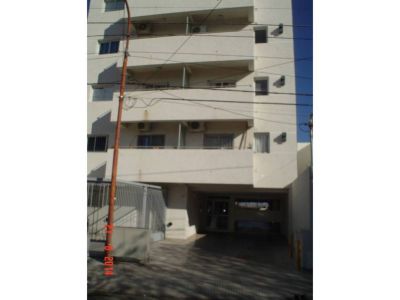The sun rises slowly. The shy sun beams are barely drawn on the horizon of San Luis. It is May 1st, the day of Saint Joseph the Worker, when Labor's Day is commemorated worldwide.
The Image of Christ
Dozens of members of the congregation start their pilgrimage towards Villa de la Quebrada, lying 40 kilometers from the capital of San Luis. There stands the image of a Christ found in the core of an ancient carob tree by the woodcutter don Tomás Alcaraz in the mid XIXth century. This encouraged him to build a chapel in the place of the finding. After some years, a small village emerged around it and Christian believers began to worship the mysterious image. As time went by, multiple miracles have been attributed to the Christ image found by Alcaraz. Therefore, year after year, the religious fervor summons thousands of members of the congregation who come along from all the corners of the country, full of faith and hope, to pray or keep a promise before the image.
The Lord of the Ravine
The Pilgrimage
Crowded cars and couches head for Villa de la Quebrada from the City of San Luis. Traffic is intense along Route 147 until the long queueing reaches the district. The slow pace of the pilgrims seems to become revitalized when they arrive in the town.
Without hesitation, they head for the church, which gets crowded little by little. Mass is celebrated and the temple is overflowed. The endless line of pilgrims advances slowly towards the image of the Christ in order to take his grace. The wooden crucifix is preserved and protected by an iron cross with carved crystals. Peace and hope fill the atmosphere. Silence, synonym for respect, is barely interrupted by the murmur of praying. Some pray for their families, others for a job, health, a house and even world peace. Others thank, get thrilled or smile at the image.
To the left of the temple lies the first station of the cross, where the Via Crucis begins. An impressive crowd starts to walk along the way of the cross. Some are barefoot, others are on their knees and others walk while praying or carrying a rosary or a candle in their hands. Faith seems to move the mountain containing the 14 images carved in Carrara marble and representing the last moments in the life of Jesus Christ. The visitors' eyes are fixed on the highest station, where the image of crucified Jesus stands.
Grandparents, parents, children, old and young people alike take part in the religious celebration with great devotion. Time seems to pass slowly in this area of the district. When the tour is over, some pilgrims start their way back home. Others, who have more time, resolve to camp in the area, waiting until the following day to take part in the procession in honor of the Virgin.
Thus, over 130,000 pilgrims pass by Villa de la Quebrada, where an avalanche of faith asks the miraculous Christ for help.
The Other Face of the Festivities
The number of pilgrims who gather at Villa de la Quebrada every year has created other kind of interests not much related with religion. With the passing of time, the miraculous Christ festival began to summon individuals who come along with clearly commercial aims.
The surrounding streets and sidewalks are crowded with stalls where anything can be purchased, from crucifixes, candles and rosaries to all kinds of clothing, household items, electronic items, imitation jewelry and food stalls. Visitors may even have a nice souvenir of the place if they pose by a pony or a llama which have been specially prepared to appear in the picture.
The hubbub of the people gets lost amongst the music heard in the surroundings. This kind of popular music includes cuarteto and cumbia and is played continuously.
Only one street separates the temple -a place for confession and meditation- from the popular festival held in the streets of Villa de la Quebrada, but the spiritual distance between those on one side and the other seems to occupy thousands of kilometers.
Times change, people change, customs also seem to change, but faith, in spite of it all, remains.
Marcelo Sola
Marcelo Sola
